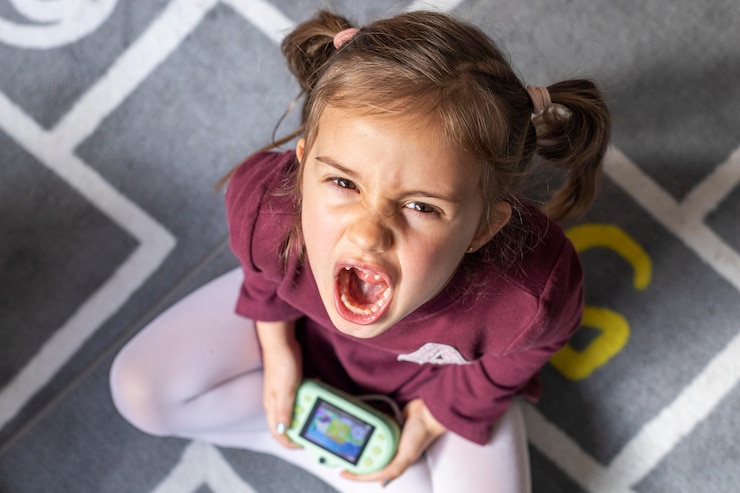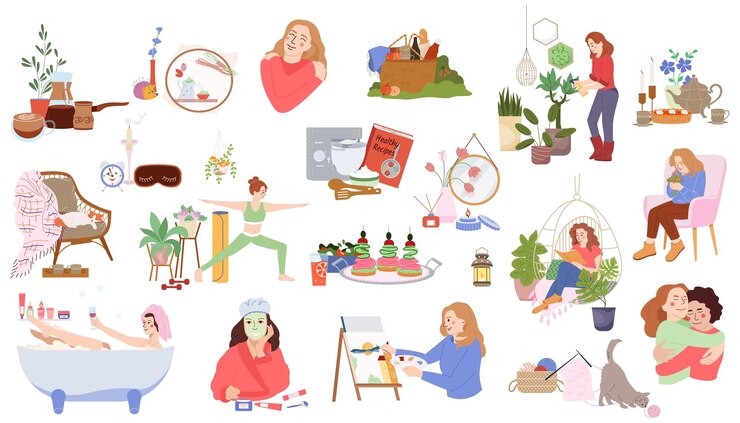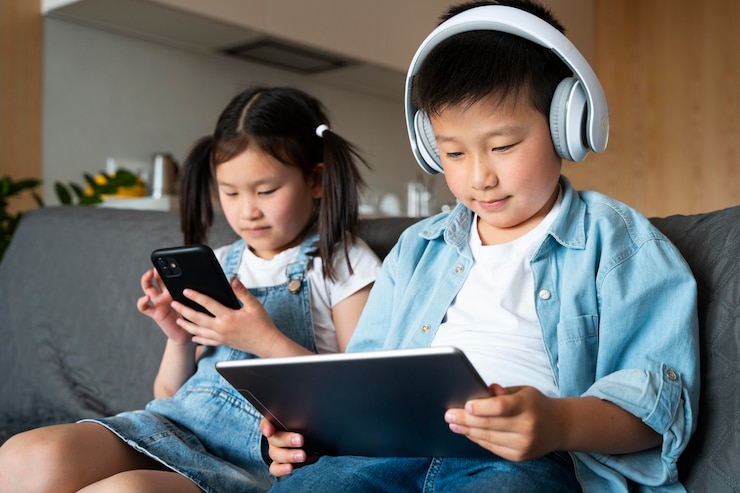
As a child therapist, I’ve put together a list of seven simple and quick anger management activities for kids that require no preparation and help foster healthy coping skills.
### Table of Contents
Uncontrolled anger can disrupt not just a day, but an entire week or even a lifetime. Helping our children develop an emotionally healthy and stable future involves teaching them how to understand and manage their emotions. For many parents, addressing their child’s anger is a top priority.
Most of us didn’t learn how to handle anger effectively during our own childhoods — and may have received confusing or negative messages about it — so it’s understandable that many parents are unsure how to manage their children’s anger. As a clinical child therapist, I’m here to make this daunting task a bit easier by sharing my most effective and frequently used anger management activities for kids.
*Note: This post includes affiliate links for your convenience. If you make a purchase, I’ll earn a small commission to support the mission of this site. Thank you!*
### Getting Started
One of the first things I discuss with the parents of my young clients is that raising a child who is emotionally intelligent is a journey, not a destination. It’s normal for your child to make progress in managing their emotions one moment and seem to lose it the next.
As children develop, their ability to self-regulate naturally fluctuates. The first step in helping an angry child is for parents to recognize that anger is a healthy and normal emotion for kids to express, and they need your guidance to understand and manage it.
When we allow space for our child’s anger, we can remain calm and confident amidst these intense emotions and convey an important message: When it comes to anger, you can take control.
>>> Handle your child’s tantrums and strong emotions healthily and supportively TODAY with My Calm Kids Guide to Emotional Regulation.
By adopting a mindset of working with anger rather than resisting it, we can guide our children in managing it healthily. Once we establish this foundation, we can help them explore anger more concretely. Here are seven anger management activities I often use with kids:
### Understanding Anger Physically
Recognizing how physical anger is can be enlightening. We adults are likely familiar with how anger feels in our bodies. When discussing this with kids, I talk about the body’s “anger signals.” When children become aware of these signals, it’s a cue that it’s time to take action.
A simple way to explore this with your child is to have them draw a picture of their body and color where anger seems to appear or reside. Many kids draw on the hands and mouth, explaining “anger explodes out of my hands and sometimes throws toys” or “anger shouts out of my mouth with a really loud voice!”
It’s fascinating to see how kids visualize their anger. My daughter once said, “It’s in my head because that’s where my worries are,” insightfully highlighting how anger often stems from anxiety in children.
### Externalizing Anger
Anger is a part of us, but it doesn’t have to control us. It’s a powerful emotion that can feel overwhelming for kids. A technique I often use is to externalize the problem. Naming and visualizing their anger helps children separate themselves from it.
This idea, inspired by narrative therapy, is summarized well by one of its founders, Michael White: “The person is not the problem, the problem is the problem.” When children see themselves as “problem kids,” it’s harder to help them change. In this mindset, anger is the issue, not the child.
You might say, “It seems like anger has been stressing you out lately. How about we give it a name and draw what it might look like?” Seeing the problem as separate from themselves helps children to objectively problem-solve and better understand the situation.
### Creating a Safe Space
Anger often has physical manifestations, and during those times, having a safe space can prevent aggression towards others and improve behavior. Discuss creating a “landing space” or “chill-out corner” with your child when they’re calm.
Pick a practical and comfortable spot in your home. We chose a corner of our living room, adding pillows, blankets, and a basket of calming tools like a giant floor pillow, textured pillows, emotions flashcards, and Squeezeimals.
### The Anger Iceberg
Understanding how anger often acts as a mask for other vulnerable emotions can help manage it better. It’s easier to feel angry than ashamed, embarrassed, or hurt. The “anger iceberg” metaphor visually depicts this for kids, boosting self-awareness.
Encourage your child to reflect on their emotions and stressors, documenting them beneath the “anger iceberg.” By understanding their true feelings, you can help them address and resolve situations.
### Identifying Triggers
Help your child uncover what situations easily anger them to improve self-awareness and prepare for challenging circumstances. Use a piece of paper to list potential anger triggers and have your child check those that apply.
Discuss your observations and share your own triggers to emphasize that everyone has their unique set of triggers.
### Breath Control
Teaching your child to use their breath as a “remote control” for their body and mind can help calm them. Anger activates rapid, shallow breathing, while deep breathing stimulates the vagus nerve and deactivates anger.
Introduce three favorite deep-breathing techniques to give your child control without overwhelming them.
### Creating an Anger Scale
Use a box graph or “anger thermometer” to help your child understand anger’s varying degrees. By identifying triggers and changes in facial expressions, they can better recognize and manage their emotions.
—
Engaging in these anger management activities will help nurture your child’s emotional regulation skills, vital for their future happiness, success, and well-being. Have you tried any of these tools with your child? Looking for more resources to guide them positively?
**Discover the Calm Kids Set for tools and strategies to help your child manage emotions positively.**
Join our community of 30,000 intentional parents with the Parents with Confidence weekly email and receive a free 5-day course on:
– Protecting your child’s self-esteem
– Gaining your child’s cooperation
– Building valuable skills for the future
– Disciplining without emotional harm
**About Angela Pruess, LMFT**
Welcome! I’m Angela, a Licensed Children’s Mental Health Professional, Positive Parenting coach, and mom of spirited kids. I believe every child deserves to thrive and that emotional health is key to lifelong success and happiness. Learn more about me and our mission at Parents with Confidence.



